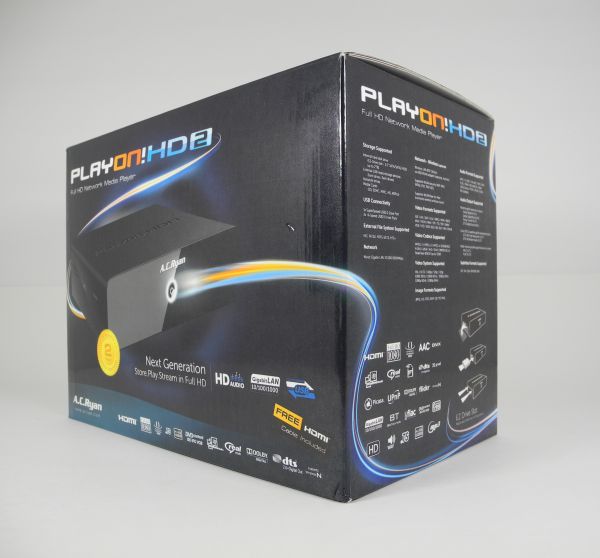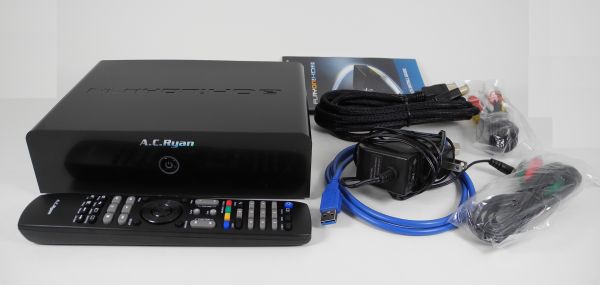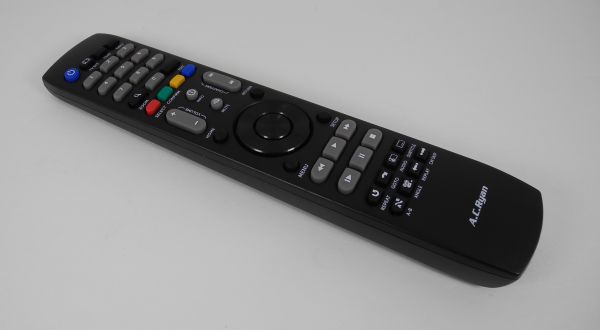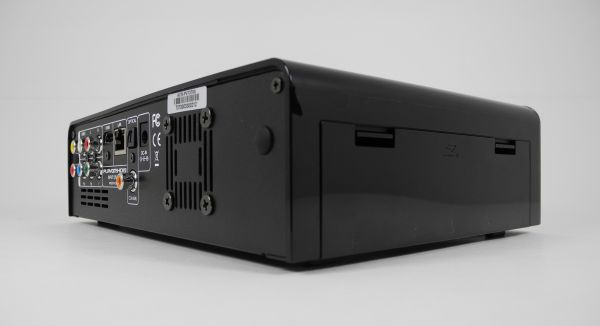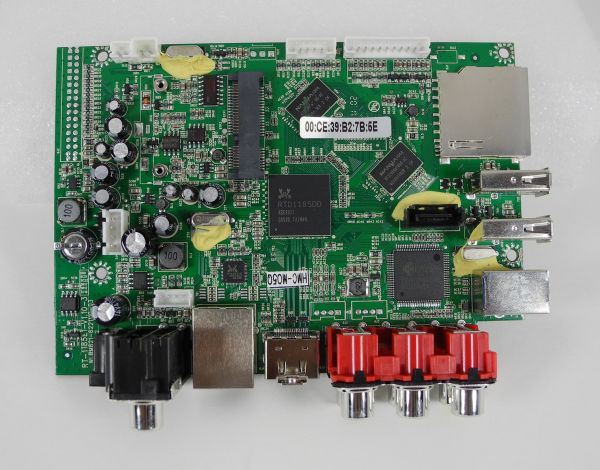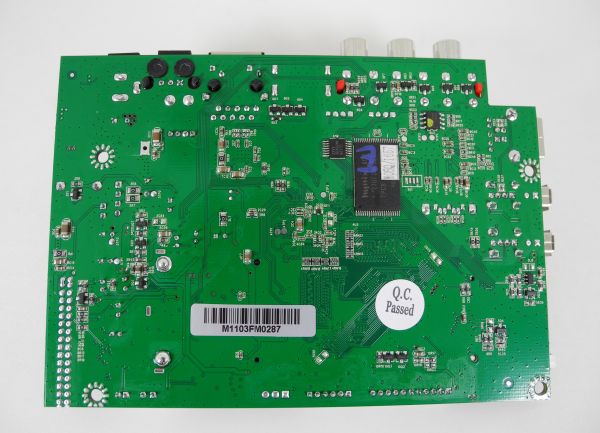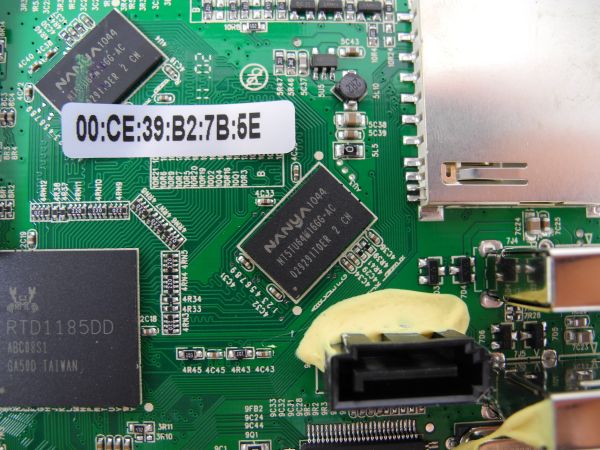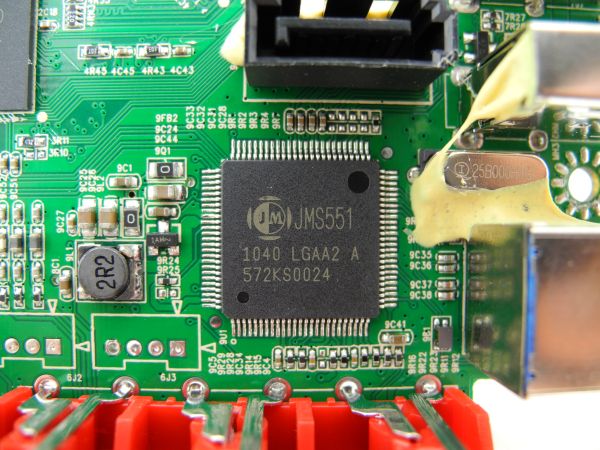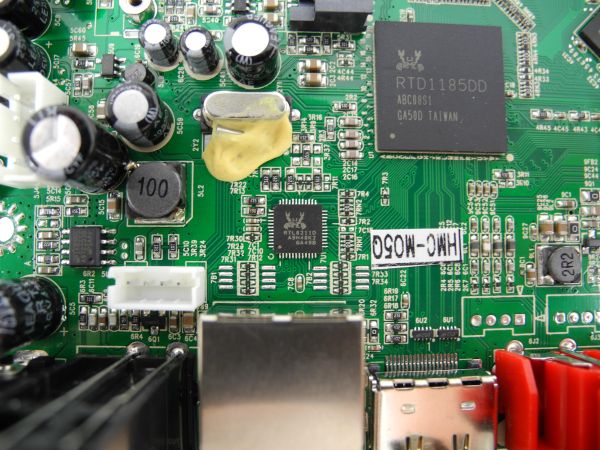
Original Link: https://www.anandtech.com/show/4171/acryan-playonhd2-first-realtek-1185-media-streamer-in-the-wild
A.C.Ryan PlayOn!HD2 - First Realtek 1185 Media Streamer in the Wild!
by Ganesh T S on February 14, 2011 5:50 AM EST- Posted in
- Home Theater
- Media Streamer
- Media Player
- AC Ryan
After CES 2011, we had written about A.C.Ryan trying to get into the US market with their new product lineup. One of the products we covered in the write up was the second generation PlayOn!HD2, an updated version of their flagship product from last year. While the first generation product was based on the Realtek 1073DD chipset, the second generation is based on the Realtek 1185DD.
In order to provide A.C.Ryan with feedback prior to the units reaching the hands of the consumers, we opted to go in for a prototype review unit. A.C.Ryan sent us their top configuration, the ACR-PV73700-2TB. This model has a 2 TB Samsung hard drive bundled with the base unit, and will have a suggested retail price of $289 when it launches later this month.
A.C.Ryan warned us that the unit we were receiving was a prototype and even though the hardware was final, the firmware bundled with the unit was not. We weren't expecting the streamer to work wonder right off the box, but that didn't prevent us from connecting the unit to our streamer test bed.
One of the main concerns with the PlayOn!HD2 platform's specifications was the absence of any mention of DTS-HD audio downmix or bitstreaming. Also, we were suspicious of the claimed BD-ISO playback.
Right after hooking up the box, I tried to playback some MKV and M2TS files with DTS-HD MA audio. Bitstreaming of the HD audio worked without a hitch! Like many other media streamers, there is no official support for DTS-HD audio. However, that doesn't prevent the streamer from handling it within the constraints placed by the user's setup and the licensing agreements in place. In this context, the WDTV lineup is the odd one out, refusing to support DTS-HD bitstreaming. Other licensees feel that a license is necessary only for decode and downmix of the HD audio and not for bitstreaming. We feel this is correct, since the end user has already paid the licensing fees for the decoding of DTS-HD audio when purchasing the AV receiver.
Anyway, getting back to the PlayOn!HD2, we tried to look into the claimed BD-ISO support. While both BD-ISOs and folder structures played the movie, the support is still in the form of BD-Lite, i.e, A.C.Ryan's own menu instead of the BD-J enabled one. There are still some tweaks necessary for titles with branched structures, and other areas where the firmware could use some improvement. We have informed A.C.Ryan of the same. A detailed review of the functionality enabled by the firmware will come later.
However, being given an exclusive, we couldn't resist publishing a overview of the hardware platform right away. First, we will have a look at the unboxing experience, following which we will cover the internal hardware platform in detail.
The PlayOn!HD2 comes with a remote, 24W power adapter, USB 3.0 slave cable, HDMI, component and composite cables and a quick install guide.
The remote is pretty prosaic, like most other media streamers. I am not sure why companies don't devote much attention to this aspect. The buttons feel very cheap and are too responsive, i.e, a single click of a menu button translates to multiple commands on the unit.
The front of the unit has the power button, while the two sides are taken up by the EZ-Drive hard disk slot and the SD card / dual USB 2.0 host / USB 3.0 slave port respectively.
The rear side of the unit has the component and composite ports, HDMI 1.3 connector, GbE connector, SPDIF (both optical and coaxial) and the power adapter connector. There is also a small 40mm fan to keep the internal hard disk cool. It is not possible to have a media streamer with a 3.5" hard drive to be passively cooled. If you are sensitive to fan noise, you should look for a completely passively cooled solution without an internal hard disk.
In our CES 2011 coverage of A.C.Ryan, I had mentioned that the PlayOn!HD2 had a nifty EZ-Drive dock for the hard disk.
The EZ-Drive dock is one of the easiest ways that I have seen in a media player to slot in an internal hard disk. There are no screws to handle or trays to take out. There is only one way the disk can be put in, and a gentle push makes sure that the SATA pins on the hard disk are locked securely.
The PlayOn!HD2 was very straightforward to disassemble. Once we got the screws out from the rear side, we had to take out the wires connecting the power on switch / IR receiver to the board. The SATA / power connector for the EZ dock frame was next, and in no time, we had the RTD1185 board standalone.
The PlayOn!HD2 board design can be roughly divided into three main components:
- The Realtek 1185DD along with the associated DRAM and Flash memory
- The JMS551 USB3-SATA bridge
- GbE PHY frontend for the GbE MAC on the 1185DD
The PlayOn!HD2's primary function is to act as a media player. This is enabled by the Realtek 1185DD chip, whose internal MIPS core runs at 500 MHz. Compared to the 64 bit DRAM interface of the Sigma Designs chips used in media players, the 1185DD has only a 32 bit DRAM interface. This ensures that the BOM (Bill of Materials) cost for a product based on the 1185DD is lesser than the corresponding cost for a Sigma Designs based player. There are two x16 DRAM chips on board, namely, the Nanya NT5TU64M16GG-AC, giving a total of 2 Gb (256 MB of SDRAM). This DDR2 SDRAM is capable of running at upto 400 MHz.
512MB of Flash memory is provided by the Hynix HY27UF084G on the rear side of the board.
The USB3 slave port on the PlayOn!HD2 is enabled by the JMicron JMS551 USB3-SATA bridge.
The GbE MAC on the 1185DD is fed by the Realtek AFE (Analog Front End) / PHY, the RTL 8211D.
We are excited to have the first Realtek 1185DD based media player in our labs. The firmware is still in pre-release mode, and we expect to get a more consumer friendly version soon.
In addition to putting the streamer through our test suite, we also plan to evaluate it as a NAS and a DAS (USB3). The firmware already happens to have some hidden easter eggs in the form of DTS-HD MA passthrough from both M2TS and MKV containers. It remains to be seen what other surprises are in store for us in the final launch firmware. If there is something that you readers want us to test out in particular on the PlayOn!HD2, do let us know in the comments.
Stay tuned for the second part of the PlayOn!HD2 review coming up as soon as A.C.Ryan delivers us the launch firmware.

